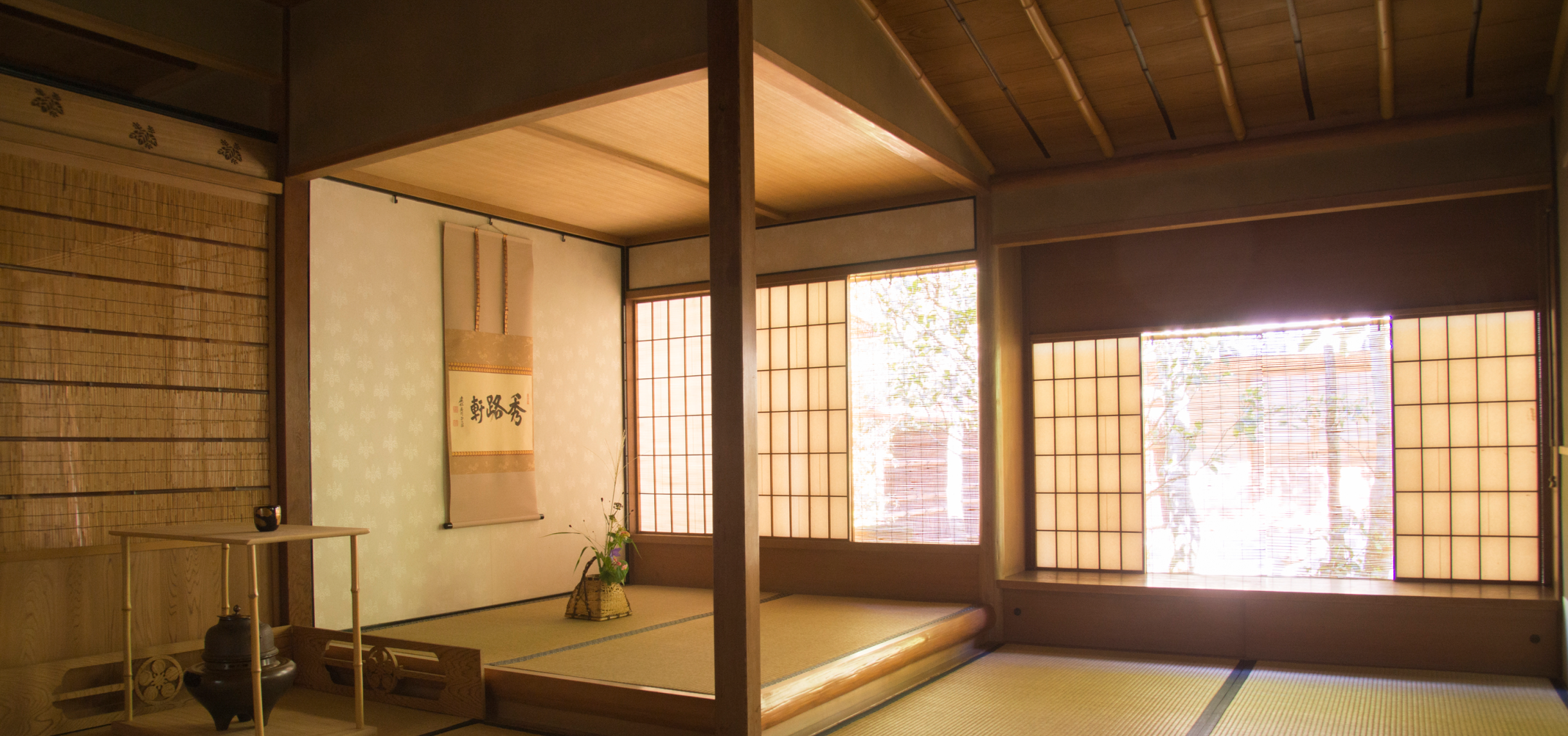
EXPLORE
ZEN EXPERIENCE
tea ceremony room
You can enjoy green tea in a teahouse built in the style of the Omotesenke tea school.
【 Shuroken 】
Shuroken is a tea ceremony room that replicates the Omotesenke school teahouses Zangetsutei, Fushinan and their garden, which were destroyed in the Great Fire of Tenmei in 7 March 1788. It was designed by Masao Nakamura based on ancient design plans. While after the Great Fire of Tenmei, the style of Omotesenke school buildings and gardens changed, Horinouchi Fushikisai had recorded their form in detail before the fire. Furthermore, other documentation of their overall layouts and tea ceremony rooms remain with us today. Shuroken could be constructed faithfully based on this extant information.
The name Shuroken was given by Takeda Ekiju, the founder of Shinshoji and former superintendent monk of the Kenninji school. It is based on the name of the founding patron and his wife.
In Shuroken, there is the Rikyudo that enshrines Sen no Rikyu, the founder of tea ceremony.
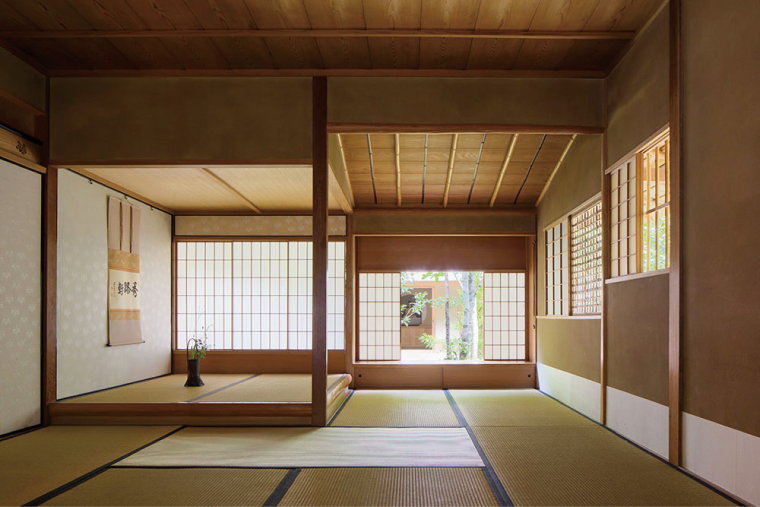
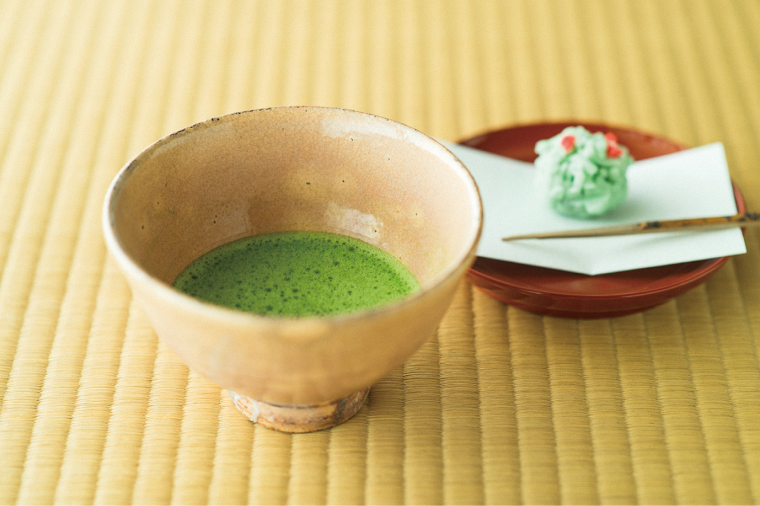
Matcha and Japanese confectionery Set 800 Yen
Opening hours 10:00-16:00
【 Ichiraitei 】
The architect Masao Nakamura reconstructed with this pavilion the so-called one and a half mats tea room which was built by Sen no Rikyu inside the Juraku residence in Kyoto in his old age.
Rikyu mentioned that Hideyoshi Toyotomi didn't like it and so he changed it to the size of two tatami mats. Though there were hardly any information left about the original room, it is inferred that the one and a half mats tea house, built by the third successor Sotan, was a faithful reproduction of the original.
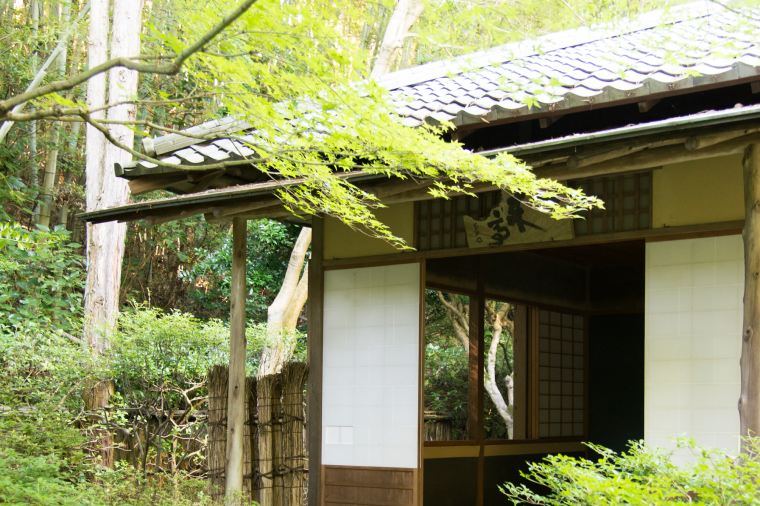
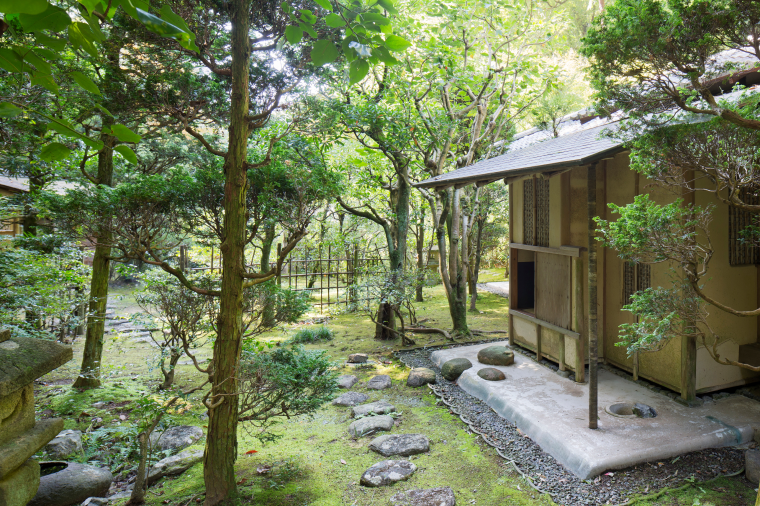
【 Genan 】
This teahouse in the precincts of Mumyoin is the only building in the sukiya style and has a small room of four and a half tatami mats, a large room of ten and a half tatami mats and a kitchen. Upstairs is an artelier built for the founder Hideo Kambara who loved drawings very much.
The garden was designed by Kinsaku Nakane. It has a different flavor than the Japanese dry garden in front of Mumyoin. Between the garden and the building lies a bamboo fence called the Kenninnjigaki. The building's walls are covered with Japanese cypress, creating a relaxed wabisabi atmosphere to enjoy tea in peace.
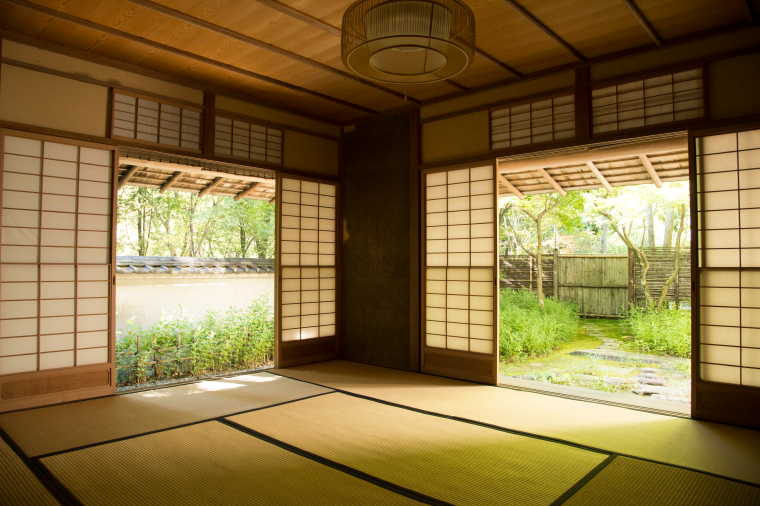
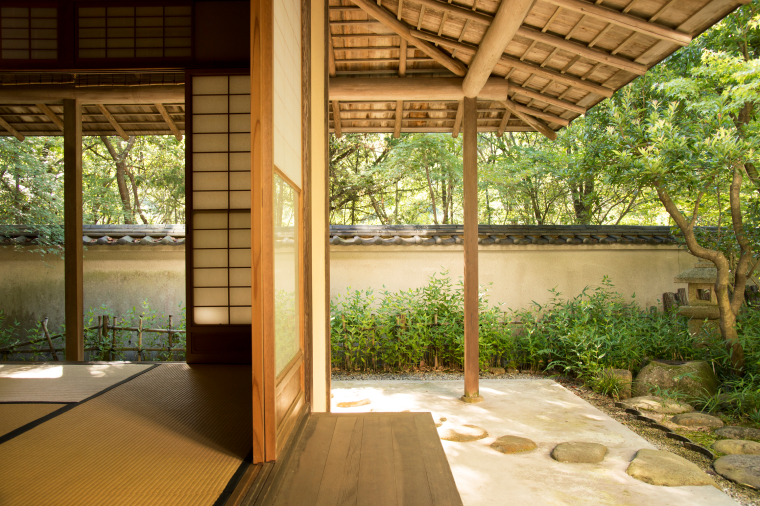
Masao Nakamura
Born in Aichi Prefecture in 1927. A leader in tearoom and teahouse architecture and research. Area of study is Japanese architecture. Doctor of engineering (Kyoto University).
After graduating from Hikone Engineering Academy (currently Shiga University), he became a trainee at Kyoto University's Faculty of Engineering. He then served at various posts at the university including assistant, and later became a professor at Kyoto Institute of Technology. During his tenure there he also served as a member of the Protection of Cultural Properties Council's Expert Committee and Katsura Imperial Villa's Maintenance Committee, president of the Japanese Society for Studies of Chanoyu, and so on. In 1980 he established the Kyoto Traditional Architecture Association, which aims for the continuation and development of the wood architecture tradition. After leaving his post at the Kyoto Institute of Technology in 1991, he taught at other locations, including Fukui University of Technology.
His major publications include "Cha no kenchiku (Tea Architecture)" and "Chasho to kenchiku (Tea Masters and Architecture)". Portfolios of his works have been published as "Chaen no isho (Tea Garden Design)" and so on.